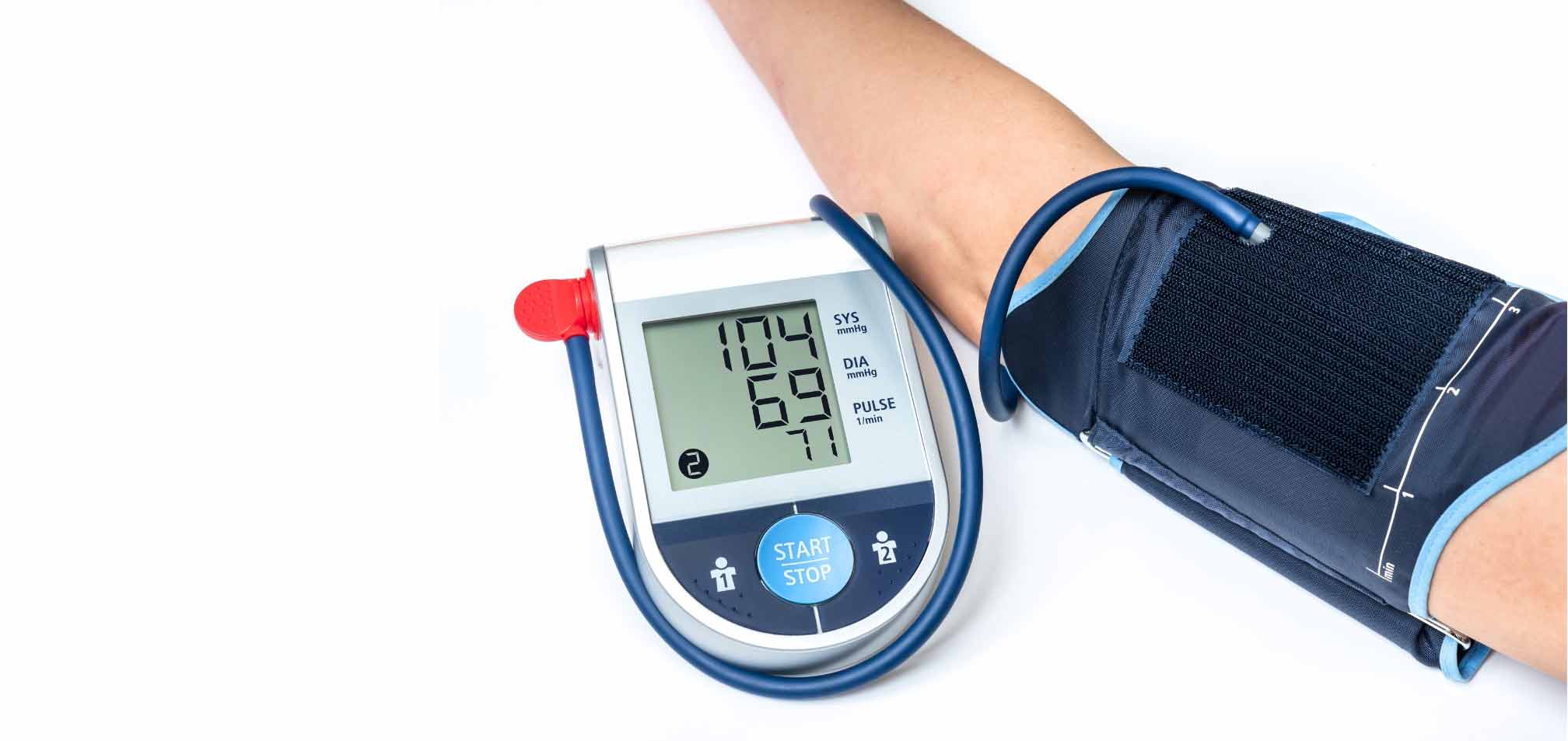How to manage low blood pressure
Normal blood pressure Blood pressure refers to the pressure of blood within the blood channels. There are two possible conditions of blood pressure: High pressure: Also known as ‘ systolic...
Reviewed by Dr. faisal khan (MBBS, FRACGP, FAMAC) - Consult Now

Normal blood pressure
Blood pressure refers to the pressure of blood within the blood channels. There are two possible conditions of blood pressure:
High pressure: Also known as ‘ systolic blood pressure’. It is the pressure in the blood channels when the heart pumps and fills them up with blood.
Low pressure: Also known as ‘diastolic blood pressure’. It is the pressure in the blood channels when the heart relaxes between heartbeats.
Normal blood pressure is 120/80, where 120 is the top number and 80 is the bottom one.
Low blood pressure
Low blood pressure is also called as ‘hypotension’ in medical terms. It is defined as having blood pressure less than 90/60. It is a fairly common medical condition, especially affecting older people. It is usually not harmful, but if it is persistent or if it causes serious symptoms like dizziness or falls then it should be evaluated in detail by a healthcare professional.
Symptoms of low blood pressure:
Low blood pressure may not cause any symptoms at all, but sometimes patients may experience :
1- dizziness
2-fainting episodes
3-racing and pacing of heart
4-apprehension
5-sweating
6-blurring of vision
7- tremors
8-confusion
9-fatigue and weakness.
Causes of low blood pressure:
In most of the cases, there is no serious underlying cause. However if one experiences continuous symptomatic low blood pressure, then it can be due to some specific underlying cause like,
Dehydration: or low water content of blood. It can be due to any cause like diarrhea, vomiting etc.
Blood loss: if large in amount, it may cause hypotension. It can be due to internal or external bleeding.
Heart diseases: heart is the main organ, which is involved with pumping of blood throughout the body. Any disease of the heart that weakens it can cause low blood pressure.
Glandular diseases: like diabetes mellitus, Addison’s, and panhypopituitarism are all examples of diseases in which deficiency of some proteins called hormones may result in low blood pressure.
Pregnancy: a very common cause of low blood pressure in females.
Drug induced: Overuse or inappropriate dosage of certain medications like diuretics or antihypertensive medications may also cause low blood pressure.
Orthostatic hypotension: hypotension resulting from the sudden change in posture or position, common in people of older age groups.
Allergic reactions: also known as anaphylaxis, May also cause low blood pressure.
Severe infections: also known as sepsis, can be the underlying cause especially in severely sick people.
Blood clots in lungs: also known as pulmonary embolism, is a serious life threatening condition that may lead to blockage of blood flow causing low blood pressure.
Diagnostic Tests:
Usually, patients with low blood pressure are just advised to monitor their blood pressure and keep a record. Extensive testing is usually not required, however, if patients suffer from continuously low blood pressure or develop symptoms, this may prompt the healthcare providers to advise further tests. They may include :
- Complete Blood count: to look for the blood counts.
- Blood sugar levels, Thyroid function tests: to look for any glandular issue
- Electrocardiogram ( ECG) and Echocardiography: to look for any heart disease.
- Tilt table test: it’s a special test to diagnose orthostatic hypotension. It tests the response of the body to any change in posture.
Management of low blood pressure:
Adequate levels of blood pressure are necessary for the proper functioning of human body. If low blood pressure is due to an underlying pathological condition, then treatment is to treat the underlying cause. However, some lifestyle changes can be done to deal with this condition they include:
increased water intake: water is a major component of blood. To maintain our blood pressure within normal limit, we should ensure that we are drinking adequate amount of water i-e at least 6-8 glasses of water per day.
increased salt intake: if we increase salt component of our diet, our body automatically starts to retain more fluid inside our body to maintain balance and in this way it raises blood pressure.
wearing compression stockings: compression stockings are special types of stockings that work by applying gentle pressure on the legs, thereby increasing blood flow in the legs and improving blood pressure.
Adjusting the dosage of bp lowering medications: many medications like diuretics and antihypertensives work by lowering blood pressure, their dosages should be adjusted after discussion with your physician.
Avoiding sudden changes in posture: many times sudden changes in posture like suddenly standing up from bed in the morning can lead to low blood pressure, we can prevent this by avoiding any sudden changes in posture.
Medications: some medications like fludrocortisone may be given by your doctor to raise blood pressure.
When to visit a doctor?
Low blood pressure can be dangerous, contact your healthcare provider, if you have,
- Persistently low blood pressure.
- Fainting episodes or dizzy spells.
- chest pain.
- abnormal perception of a heartbeat.
- confusion
symptoms suggestive of extremely low blood pressure or shock, like,
- cold clammy skin
- sweating
- fast and shallow breathing
- rapid heartbeat
- decreased urine output.
In case of emergency, you may need urgent treatment with Intravenous fluid boluses and certain Intravenous medications ( inotropes) which increase blood pressure and strength heart.
Our team at Telehealth doctor is available to help you with this condition. Our team consists of expert physicians with years of experience in the medical field. They are available throughout the week to help and guide you.
